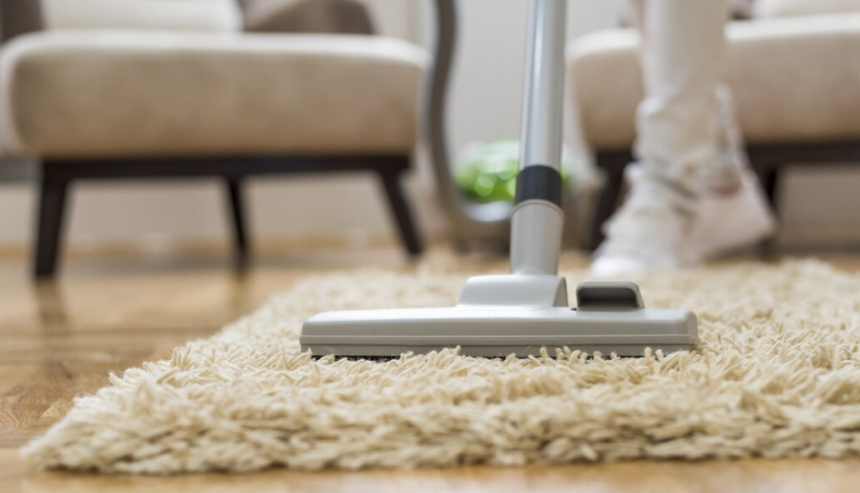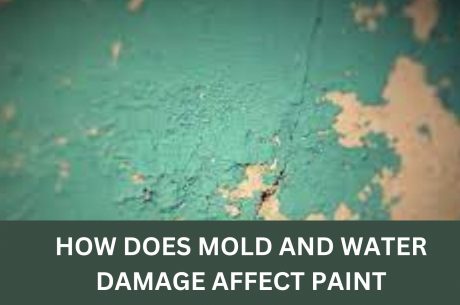How to Get Mildew Smell Out of Carpet: A Fresh Approach
Mildew can turn a cozy carpet into an unpleasant experience. That musty odor can linger, making your home less inviting. But fear not! With a few simple steps, you can banish that mildew smell and restore freshness to your carpet.
What Causes Mildew Smells in Carpet
Mildew smells in carpets can be quite unpleasant, but understanding the causes can help you tackle the issue effectively.
Here are some common reasons why your carpet might develop that musty odor:
1. High Humidity Levels:
Mildew thrives in damp environments. If your home has high humidity, it can create the perfect conditions for mildew growth in your carpet.
2. Water Damage or Leaks:
Carpets exposed to water damage due to flooding or leaking pipes are at risk of developing mildew.
Moisture from spills or pet accidents can also contribute to mildew growth.
3. Poor Ventilation:
Insufficient airflow can trap moisture in the carpet fibers, leading to mildew.
Proper ventilation is essential to prevent mildew smells.
4. Dirt and Debris Accumulation:
Dirt, dust, and debris trapped in the carpet can provide a breeding ground for mildew.
Regular vacuuming and cleaning can help prevent this buildup.
Remember, addressing the source of the problem is crucial. Once you’ve identified the cause, you can take steps to remove the mildew smell from your carpet.
Why Moldy Smell in Carpet Is Bad
Moldy smells in carpets can be problematic for several reasons:
- Health Risks: Mold and mildew release spores that can cause respiratory issues, allergies, and chronic coughing. If a member of your household experiences unexplained allergies or breathing problems, mold could be the culprit1.
- Dampness and Discoloration: Frequent dampness in your carpet due to spills, leaks, or high humidity can lead to mold growth. Left unchecked, mold may appear as white, black, or green areas on your carpet. Discoloration is a clear sign of mold presence.
- Odor: Moldy smells are unpleasant and can permeate your living space. They’re often difficult to eliminate completely without addressing the underlying cause1.
- Bacterial Growth: Organic material from pet accidents, food spills, or drinks can attract bacteria. Even if you’ve cleaned up visible stains, traces of these materials can remain in your carpet, allowing bacteria to thrive and produce persistent odors
How to Prevent Musty Smells on Carpet
1. Maintain Optimal Humidity Levels
To combat mildew growth, it’s crucial to control moisture in the air. Employing an air purifier equipped with a HEPA filter can effectively remove excess moisture and enhance ventilation. Additionally, utilizing exhaust fans during activities such as showering or cooking helps expel humid air, preventing moisture buildup.
2. Swiftly Address Spills
Promptly attending to spills is essential in thwarting mildew and musty odors. Whether it’s a pet accident or a liquid spill, swift action is key to preventing permanent stains and microbial growth. Blotting the spill with an absorbent cloth and promptly drying the area with portable or overhead fans can help mitigate moisture accumulation. Keeping a stain remover readily accessible ensures quick and effective cleanup.
3. Regular Vacuuming Routine
Regular vacuuming is paramount in preventing dirt and debris accumulation, which can contribute to mildew formation over time. Focus on high-traffic carpeted areas, aiming to vacuum at least once a week. Additionally, conduct a deep clean of the entire carpeted space on a monthly basis, paying particular attention to corners and edges where dirt tends to accumulate.
4. Choose Antimicrobial Carpet Padding
Opting for carpet padding with antimicrobial properties can significantly inhibit microbial growth, ensuring carpets remain fresh for longer periods. Antimicrobial padding, which releases silver ions to eliminate microbes, is especially beneficial in high-moisture environments. Although it may entail a higher upfront cost, the long-term benefits of fresher carpets often justify the investment. Prioritize products with permanent antimicrobial agents from reputable brands, and adhere to proper installation and maintenance practices to maximize effectiveness.
5. Explore Carpet Alternatives
When replacing carpets, consider synthetic fibers like nylon or polypropylene, known for their resistance to mildew. Conversely, natural materials like wool, while cozy, are susceptible to musty odors. Opting for a Berber-style carpet with looped fibers is ideal for moisture-prone areas such as basements, as it facilitates rapid drying. Alternatively, explore hard surface options like tile, linoleum, or vinyl, all of which offer excellent resistance to mildew. Area rugs present a practical alternative to traditional carpeting, providing versatility and ease of maintenance.
How to Get Moldy Smell out of Carpet
Here’s a step-by-step guide on how to get moldy smell out of your carpet:
1. Treat Soiled Areas:
Before addressing the smell, remove any dried-on spills, blot away wetness, and apply soap to noticeable stains. Ensure your carpet is in the best possible state before treating the odor.
2. Sprinkle Baking Soda:
Baking soda is excellent for neutralizing trapped odors in the carpet.
Create a thin coat of baking soda by sprinkling it generously over the affected area. If it clumps, spread it out with your hand.
You can also enhance the effect by mixing baking soda with Borax (equal parts) and adding a few drops of essential oil for a pleasant scent.
3. Let It Sit:
The recommended wait time is several hours, but for severe odors, consider leaving it overnight.
Keep pets and children away from the treated area during this time.
4. Vacuum Up the Baking Soda:
Monitor your vacuum cleaner bag or canister, as baking soda can fill it quickly. Empty it out as needed.
5. Deep Treatment:
If baking soda alone doesn’t work, create a deep cleaning treatment:
Mix 2 tablespoons of hydrogen peroxide, ¼ cup of baking soda, 1 teaspoon of liquid soap, and 1 quart of water in an open container.
Test it on a hidden area of the carpet before applying it to the entire surface.
Use gloves when handling this treatment and avoid sealing it with a lid.
6. Apply the Treatment:
Pour or spray the mixture onto the carpet. Spraying provides an even coat, but if pouring, be careful not to saturate the carpet.
Remember to wear gloves during application.
7. Let It Sit for 24 Hours:
The treatment needs time to work, so leave it untouched.
Ventilate the room while keeping it secure from pets and children.
8. Soak Up Excess Liquid:
If any wet areas remain, use an old or white towel to remove them.
Remember to address the underlying cause of moldy smells, such as high humidity levels, to prevent recurrence.
Use Professional Mold Removal Service in New York
When dealing with extensive or stubborn mold in your home, it’s often best to enlist the expertise of professional mold removal services. PuroClean of Bulls Head Mold Restoration service stands out as a trusted leader in the industry, offering comprehensive solutions for mold remediation and restoration. Call us today at (347) 501-6155.
Mildew smells in carpets can be bothersome, but armed with the right knowledge, you can restore freshness to your living space. Consistency and patience are your allies. Say goodbye to that musty smell and enjoy a revitalized carpet!




 PuroClean of Bulls Head
PuroClean of Bulls Head